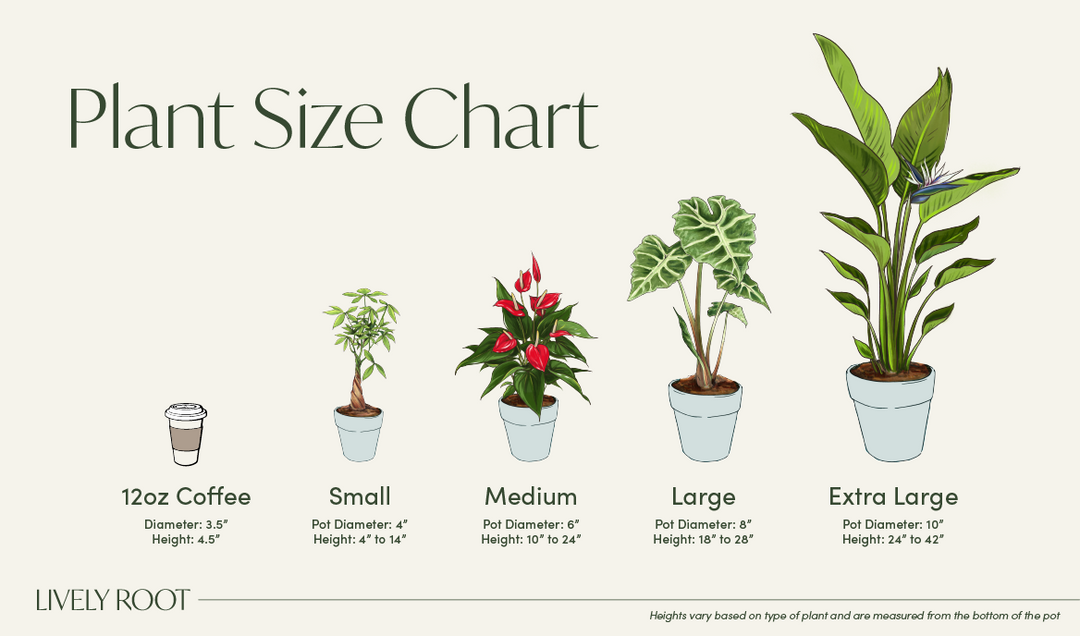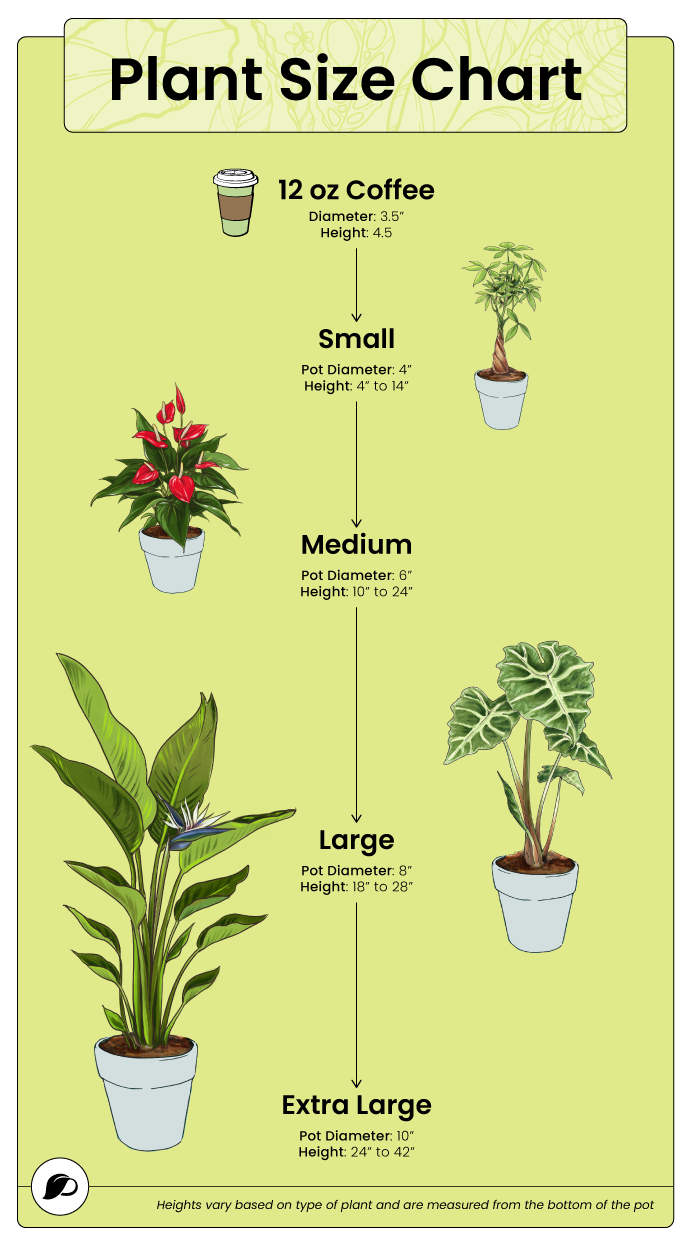Gift Card Balance
Enter the code below to redeem your gift card

This gorgeous variety of Tuberous Begonias, scientifically known as Begonia tuberosa, is a flowering plant with dark green, asymmetrical leaves and spectacular double-layered flowers. The Tuberous Begonia colors range from bright red, pink, and apricot orange to vivid yellow and white. The delightfully colorful begonia is a popular indoor plant and can also be grown in a hanging basket for porches, balconies, and patios. Begonia can flower for up to four months at a time, and it’s prized for its abundant, long-lasting blooms.
Native to the subtropical areas of South America, Asia, and Africa, the Begonia plant is most suited to USDA hardiness zones 8-10. This beauty prefers semi-shade or bright, indirect light. Begonias are relatively low-maintenance plants, although they require some additional care to thrive and bloom regularly. The Double Begonia is mildly toxic to pets if ingested and should be kept out of their reach.
The flowering Begonia traditionally symbolizes caution, gratitude, appreciation, and harmony.
If you want to decorate your porch or windowsill with these gorgeous blooms, check out Lively Root’s Blooming Double Begonia Collection, which includes plants in different Begonia flower colors.
Requiring some additional care, Double Begonia plants are nonetheless rewarding to grow. Learn how to maintain this beautiful plant with our Tuberous Begonia care tips:
Correct watering is essential for proper Double Begonia care. Water thoroughly but always let any excess water drain before replacing the Begonia in its decorative pot. Don’t leave your Begonia stand in water, as it can lead to root rot. Double Begonias can be sensitive to fluoride and chlorine tap water, so it’s best to use filtered water or water left overnight for 24 hours.
This tropical plant prefers higher humidity that imitates its native subtropical habitat. Use a humidifier or place a pebble tray underneath your Begonia’s pot. Avoid misting the leaves to prevent fungal diseases.
Begonias prefer bright but indirect light and can also adapt to partial shade. Ideally, place your indoor Begonia plant where it will catch the milder morning sun, as getting sufficient light encourages more Double Begonia flowers. Direct sunlight can burn its leaves.
Your Superba Begonia will grow best in average room temperatures of 60℉ - 75℉. If you take your indoor Begonia outdoors in the summer, bring it inside if the temperatures drop to 58°F.
The soil for planting Double Begonia bulbs should be well-draining. Enhance drainage and provide better moisture retention by adding perlite, coconut coir, and vermiculite. The Double Bloom Begonia doesn’t mind being slightly rootbound, so repot approximately once every three years. If you’re wondering how to plant Begonia plants, choose a 2-inch larger container with drainage holes and fill it with well-draining soil. Begonia has breakable tuberous roots, so be careful when repotting.
Knowing when to plant Begonias is also important; March through May (depending on your climate zone) is the best time for transplanting your Begonia. Avoid repotting during the blooming season.
Feed your Double Begonia monthly with a balanced liquid fertilizer. Phosphorus-rich fertilizer in late spring will promote blooming.
Begonia propagation is easy. Take 4–6-inch cuttings from your plant, dip them in rooting hormone, and plant them in a well-draining potting mix. Cover the cuttings with a transparent plastic bag to increase humidity and place in bright, filtered light.
Begonia indoor care includes trimming off any dead or damaged branches. Support the plant if it grows taller to prevent the branches from breaking. Remove dead flowers from your blooming Begonia to encourage more blooms. Common issues include root rot resulting from overwatering and fungal problems, due to lack of air circulation around the plant or when water gets onto its leaves.
A Begonia with double flowers makes a gorgeous holiday plant gift. This beautiful plant will bring color to interior spaces and patios when blooming.
Combine your Tuberose Begonia with these gorgeous companion plants for a stunning plant display:
Consider these vibrant, pet-friendly plants for a beautiful and pet-safe indoor garden:
Order beautiful Double Begonia plants for sale from Lively Root for your home or office!
Follow us @livelyroot & show us your #livelyroot plants

